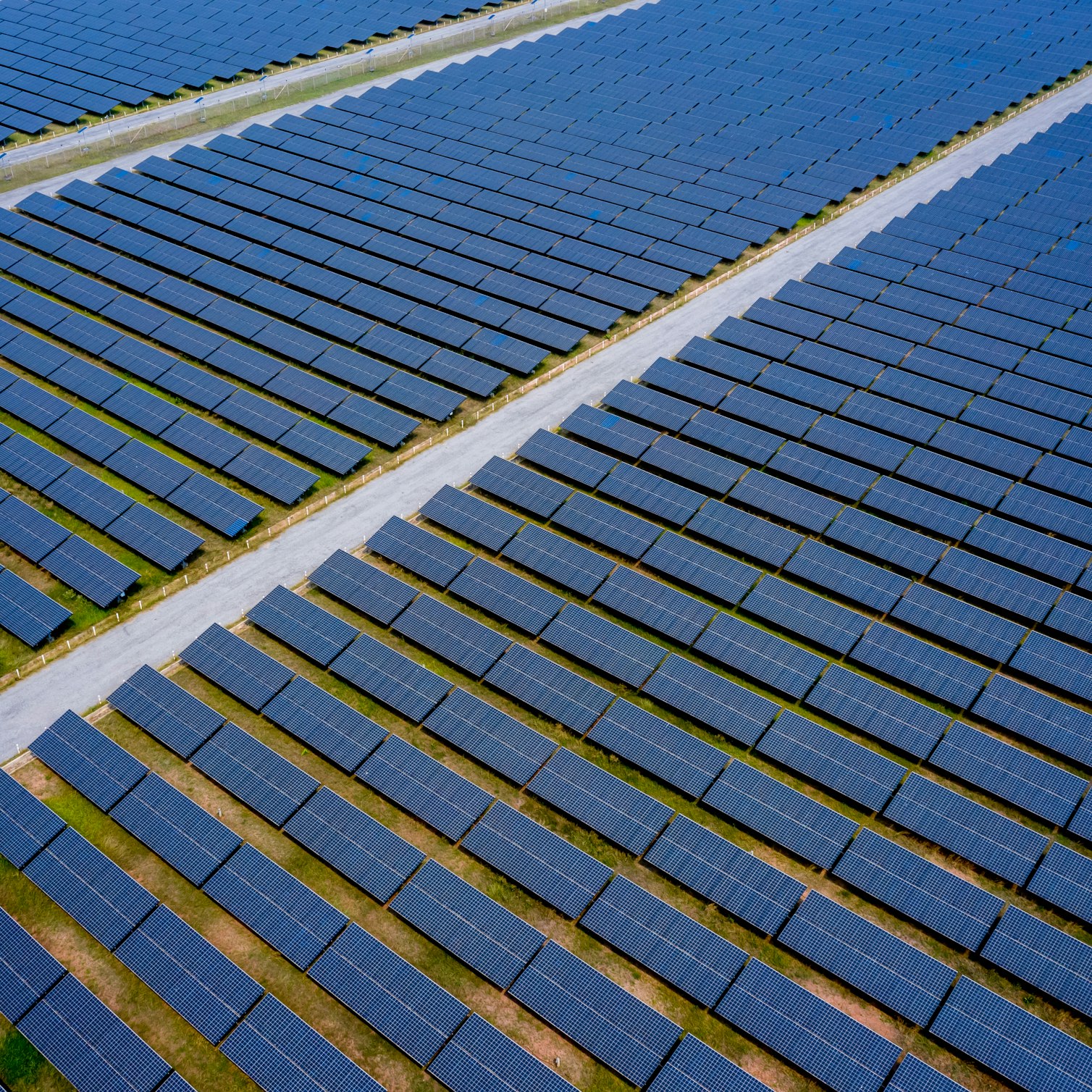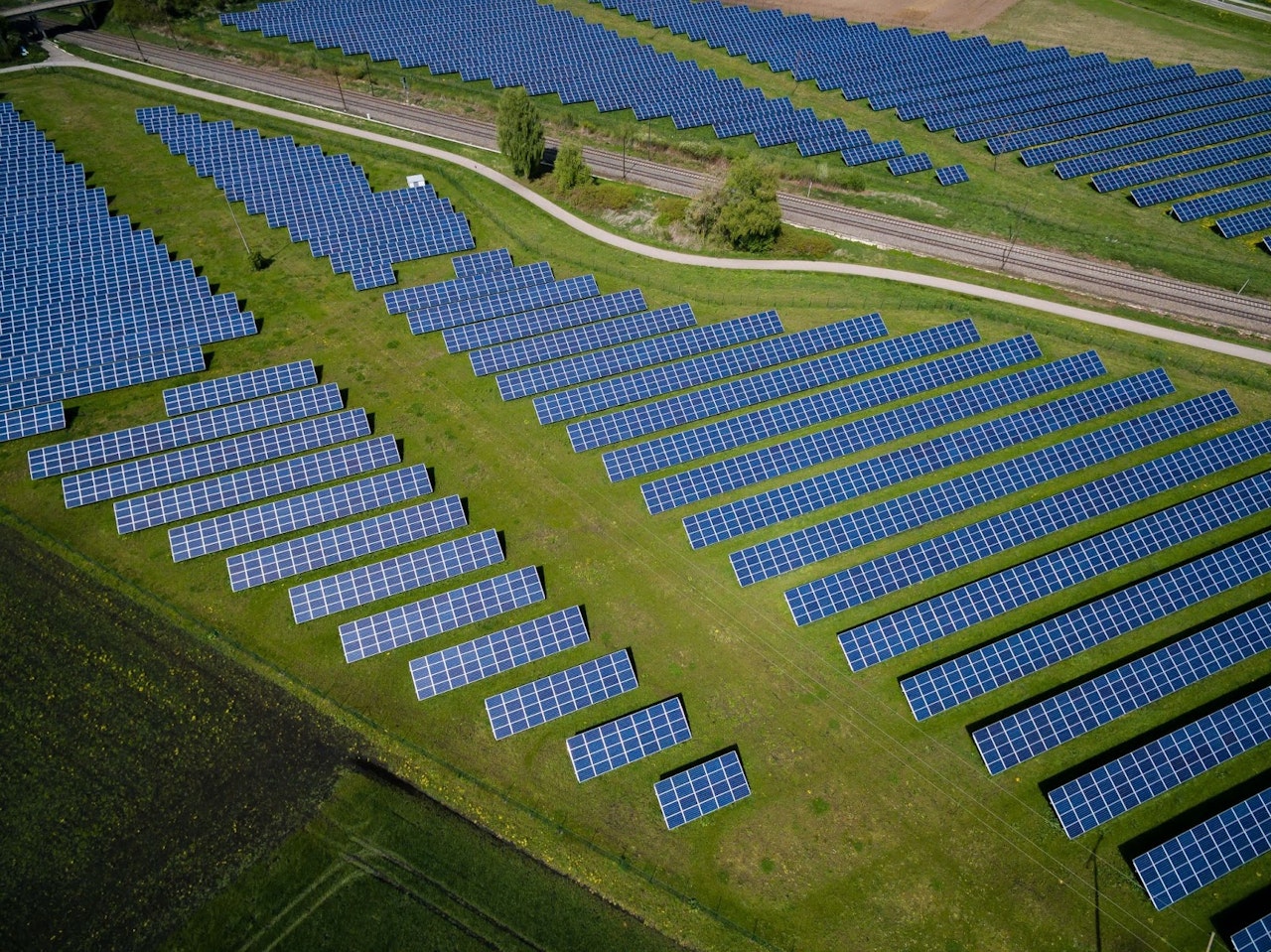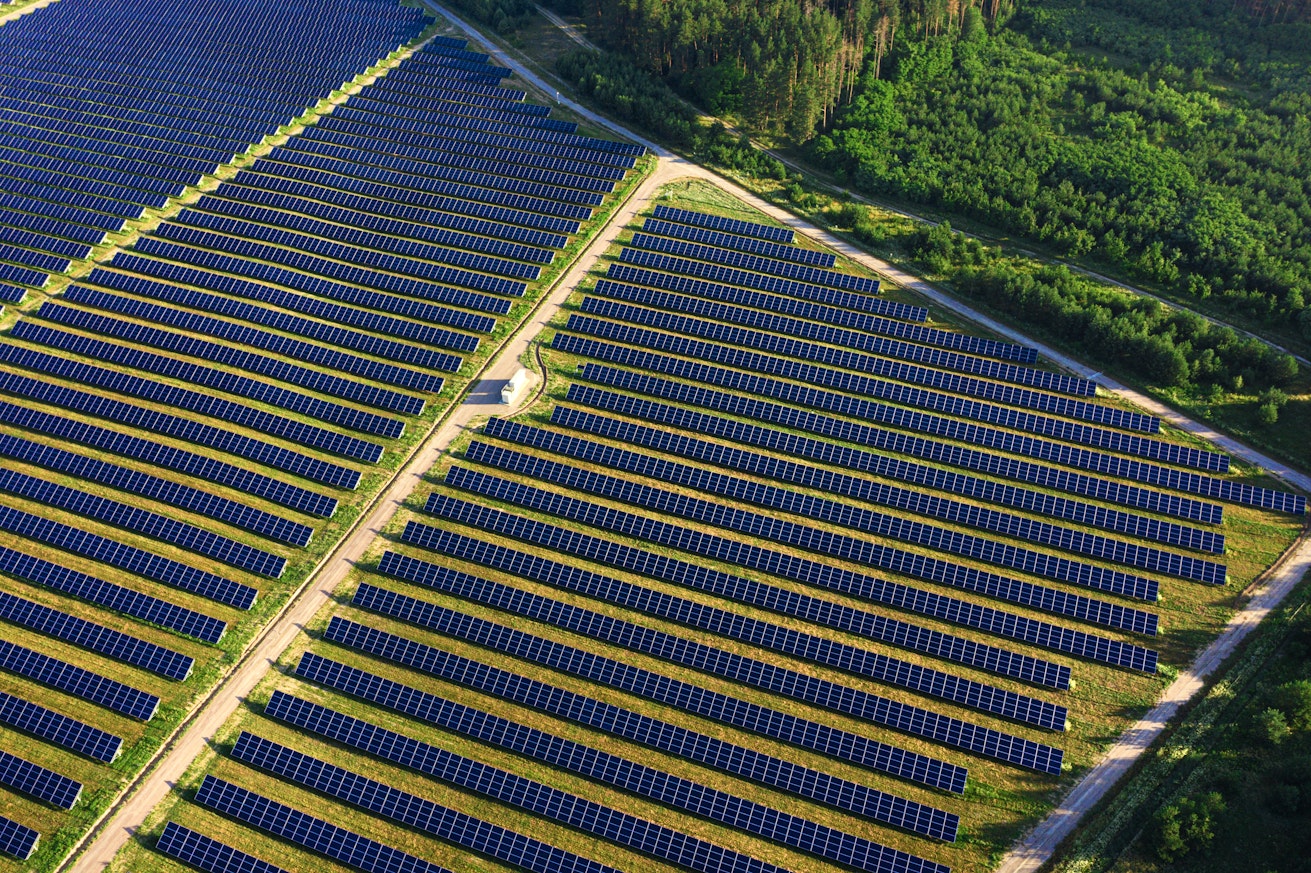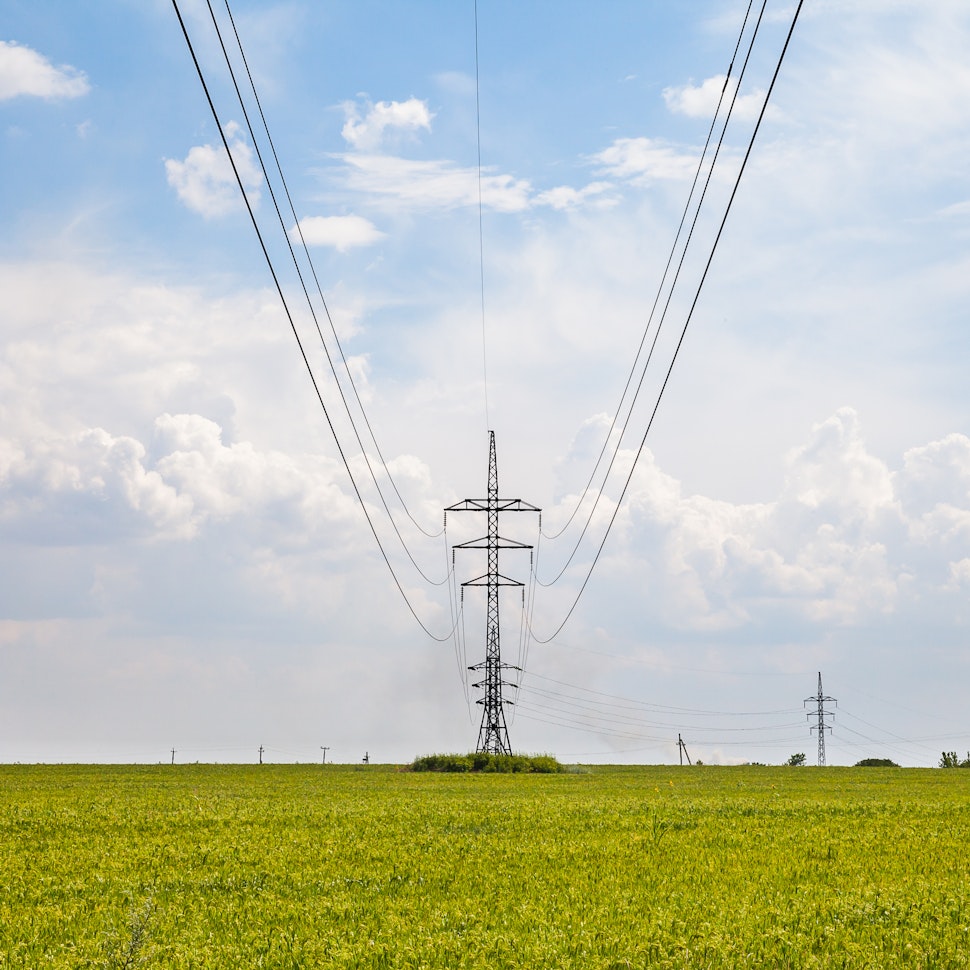- Solar energy blog
- Germany: A look at the 5 largest upcoming solar projects in 2025 and beyond
Germany: A look at the 5 largest upcoming solar projects in 2025 and beyond
Find out how Germany is investing in large solar projects to help achieve its 2030 target of generating 80% of its electricity from renewable sources.


Marián Aúz
Strategic Account Executive DACH
Strategic Account Executive at RatedPower with experience driving growth across the DACH region and beyond. Background in international trade and investment advisory, with a strong track record in sales, client relationship management, and market expansion.

Content
Germany is steadily advancing toward its 2030 target of generating 80% of its electricity from renewable sources. Renewables already supply more than half of the country’s electricity, but to achieve their goal within the next 5 years, Economy and Climate Action Minister Robert Habeck has stressed the importance of streamlining regulations and improving infrastructure.
At the center of this energy shift is Lusatia, an eastern region that has long depended on coal mining and power generation. Once known for its lignite mines, Lusatia is now becoming a hub for renewable energy. With investments pouring into solar projects, grid upgrades, and local job programs, the region is transitioning from coal to cleaner energy sources. This change not only supports Germany’s energy goals but also brings new opportunities to communities adapting to a post-coal economy.
Let’s explore five of the largest solar projects set to help drive this transformation.
Want to learn more about global renewable trends? Download the 2025 Renewable Energy and Solar Research Report to unlock essential insights on the renewables industry. With expertise from our survey and data from solar simulations on RatedPower, the Report explores trends, challenges, and solar design preferences.
5 largest upcoming solar PV projects in Germany for 2025
Germany’s renewable energy growth relies on the success of major solar projects. Here are five developments that are driving this progress forward.
1. Verbund Visiolar Germany solar PV park
The Verbund Visiolar solar PV park is a sizable project planned near Berlin, with a capacity of 2,000 MW. This solar plant will span 3,459 acres at first, with plans to expand further across 49,421 acres. Its sheer scale makes it one of Germany’s most anticipated solar projects.
Construction is set to begin in 2026, and operations are expected to start by 2028. Once completed, the plant will supply clean electricity to thousands of homes and businesses. It will also likely significantly reduce coal use in the region, helping Germany meet its emissions reduction targets.
With its planned expansion, this solar park will make a substantial impact on Germany’s renewable energy capacity. Its location near Berlin also highlights the country’s focus on developing solar energy near key infrastructure hubs.

2. LEAG Holding solar PV park
The LEAG Holding Solar PV Park, located in Lusatia, eastern Germany, is a 1,000 MW project that reuses over 81,000 acres of former mining land. Its development demonstrates how renewable energy can revitalize areas previously dominated by fossil fuels.
Construction is planned to start this year, with the plant expected to go online by 2026. When operational, it will generate enough electricity to power 300,000 homes.
This project is part of a larger initiative to bring 7 GW of renewable energy capacity to Lusatia by 2030. In addition to solar energy, the plan includes battery storage and green hydrogen production. These technologies will make the energy supply more flexible, ensuring reliability as renewable energy becomes a bigger part of the grid.
3. Sunfarming agro-solar PV park
The Sunfarming Agro-Solar PV Park is a 500 MW project planned in Brandenburg that will combine solar energy with agriculture. Construction is expected to start this year, with operations beginning in 2027.
This project uses an agrivoltaic system, where crops grow beneath elevated solar panels. The dual-use design makes efficient use of land, reduces water evaporation, and shields crops from extreme weather. Farmers also benefit from generating additional income by leasing land for solar energy production.
Sunfarming’s glass-glass solar modules are built to withstand extreme weather. This ensures long-term energy production and reliable performance.
4. BEE UKA solar PV park
The BEE UKA Solar PV Park is a 500 MW project planned for Germany, with construction starting in 2026 and operations beginning in 2028. It is expected to power 200,000 homes and offset 280,000 tons of carbon emissions annually.
The park will use advanced solar technology to ensure efficient energy production and will be built on available land to support Germany’s renewable energy targets. Once completed, it will become a valuable addition to the country’s clean energy network.

5. N2OFF’s Melz solar PV project
Though N2OFF’s Melz solar PV project is still awaiting its ready-to-build (RTB) status, it is in its final development stage. Should it be approved, this 111MWp solar project will be jointly developed by N2OFF and Solterra Renewable Energy starting in late 2025.
The Melz project is part of a broader joint venture between N2OFF and Solterra aimed at accelerating the development of high-potential renewable energy facilities across Europe. The goal is to achieve a 300 MW capacity across Germany, Italy, and Poland, thanks to €8 million of funding in solar projects.
Witznitz Energy Solar PV Park
Although already commissioned in 2024, the Witznitz Energy Solar PV Park, located near Leipzig, is worth mentioning as it’s the largest solar power plant in Europe with a capacity of 650 MW. Built on a former lignite mining site, it spans 500 hectares and powers approximately 200,000 homes while avoiding 250,000 tons of CO₂ emissions annually. It connects to Germany’s extra-high voltage grid and represents a major step in Germany’s transition from coal to clean energy.
What’s next for solar energy in Germany?
These projects show how Germany is turning ambitious renewable energy plans into reality. From giving new life to former mining sites to combining farming with solar power, they offer practical solutions for clean energy growth. With each new development, Germany gets closer to meeting its 2030 goal.
Latest stories
Related posts
Market analysis
Powering through the peak: Why solar + storage is gaining momentum in MENAT
Discover how MENAT is building a functioning solar economy and why rising peak demand during extreme heat is squeezing its energy architecture.
Updated 11 DEC, 25


Market analysis
The rise of utility-scale PV + storage plants in Italy
Discover how Italy’s latest policies and auctions are driving utility-scale solar and battery storage projects to meet ambitious 2030 targets.
Updated 4 DEC, 25

Market analysis
From sun to socket: What Iberia’s grid needs to handle 2030 renewable targets
Discover how Spain and Portugal are upgrading their grids to meet ambitious renewable targets and prevent future blackouts.
Updated 25 NOV, 25

- RatedPower
- Solar energy blog
- Germany: A look at the 5 largest upcoming solar projects in 2025 and beyond
 Watch a demo
Watch a demo Ask our AI Product Expert
Ask our AI Product Expert
